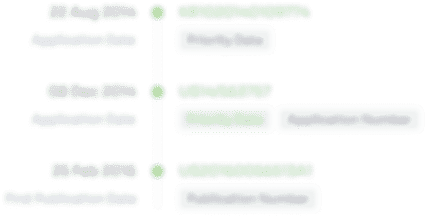Angular optical component retention and removal system
a technology of optical components and removal systems, applied in the field of communication, can solve the problems of increasing the amount of equipment and fiber optic cables needed, and affecting the service life of fiber optic cables housed within optical communication equipment, etc., and achieves the effect of reducing the amount of equipment and fiber optic cables, and reducing the amount of space needed
- Summary
- Abstract
- Description
- Claims
- Application Information
AI Technical Summary
Benefits of technology
Problems solved by technology
Method used
Examples
Embodiment Construction
[0033]The following detailed description of the invention refers to the accompanying drawings. The same reference numbers in different drawings identify the same or similar elements. Also, the following detailed description does not limit the invention. Instead, the scope of the invention is defined by the appended claims and equivalents thereof.
[0034]An angular optical component retention and removal system in accordance with embodiments of the present invention is shown in FIGS. 2–10 and designated generally as reference numeral 10. FIG. 2 shows a first embodiment of angular optical component retention and removal system 10, wherein system 10 retains a plurality of optical components 104. Although four optical components 104 are shown in FIG. 2, the system of the present invention is not limited to this number, and system may retain more or less than four optical components 104. Furthermore, system 10 may also retain a plurality of optical module / components 102, or a combination o...
PUM
 Login to View More
Login to View More Abstract
Description
Claims
Application Information
 Login to View More
Login to View More - R&D
- Intellectual Property
- Life Sciences
- Materials
- Tech Scout
- Unparalleled Data Quality
- Higher Quality Content
- 60% Fewer Hallucinations
Browse by: Latest US Patents, China's latest patents, Technical Efficacy Thesaurus, Application Domain, Technology Topic, Popular Technical Reports.
© 2025 PatSnap. All rights reserved.Legal|Privacy policy|Modern Slavery Act Transparency Statement|Sitemap|About US| Contact US: help@patsnap.com